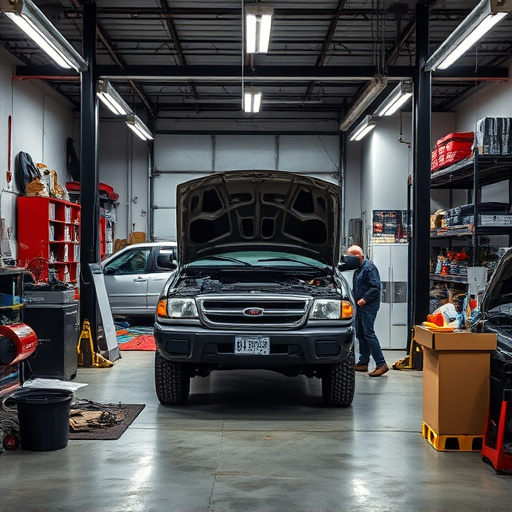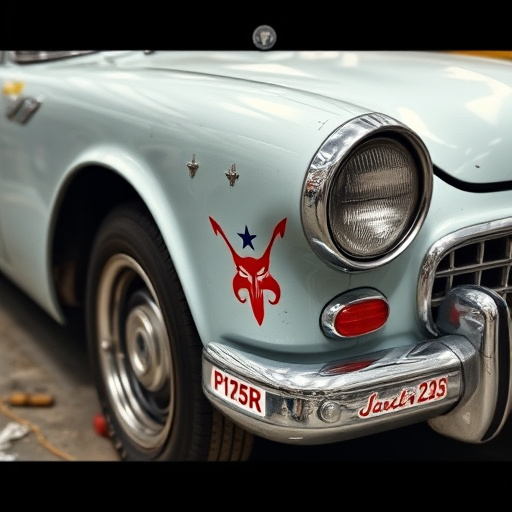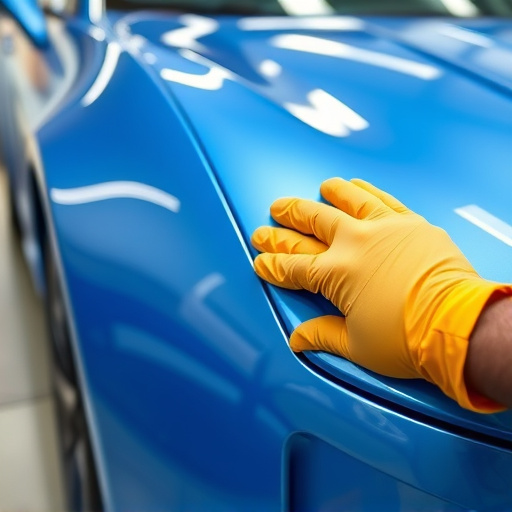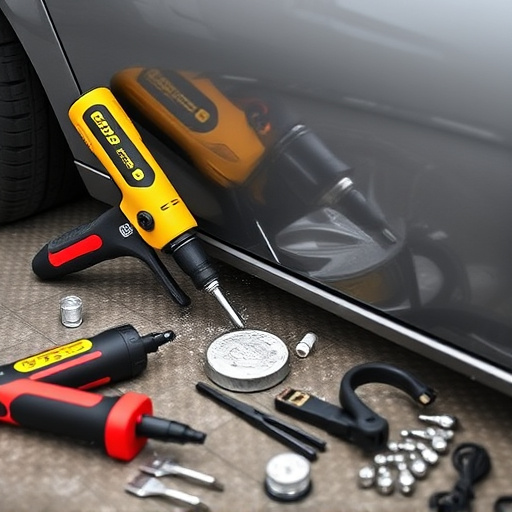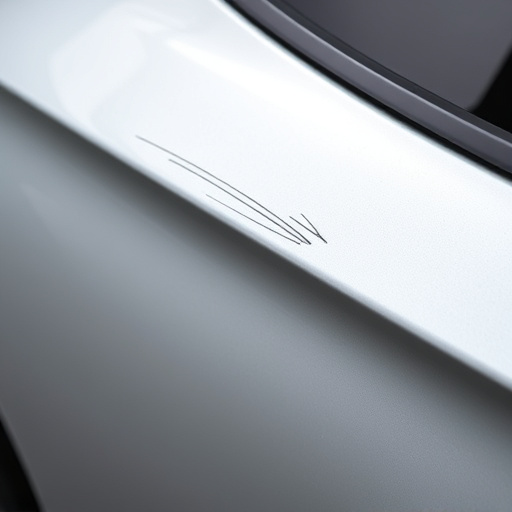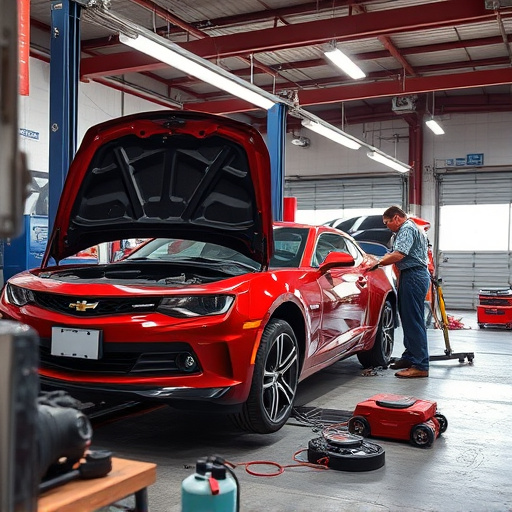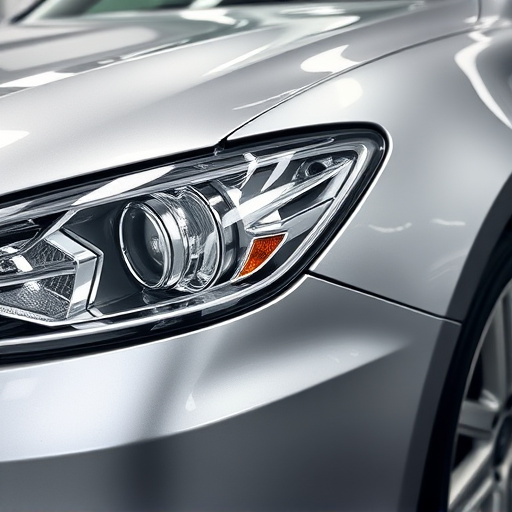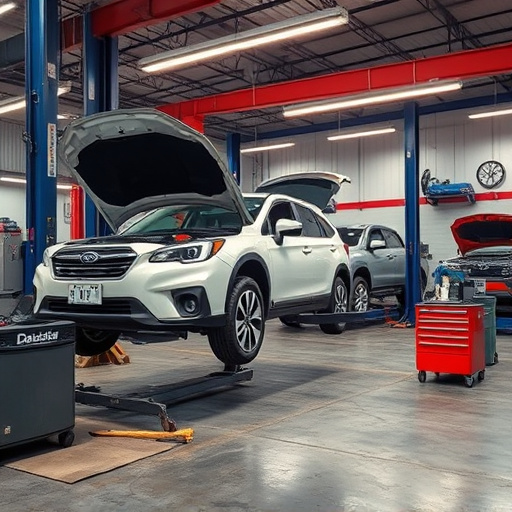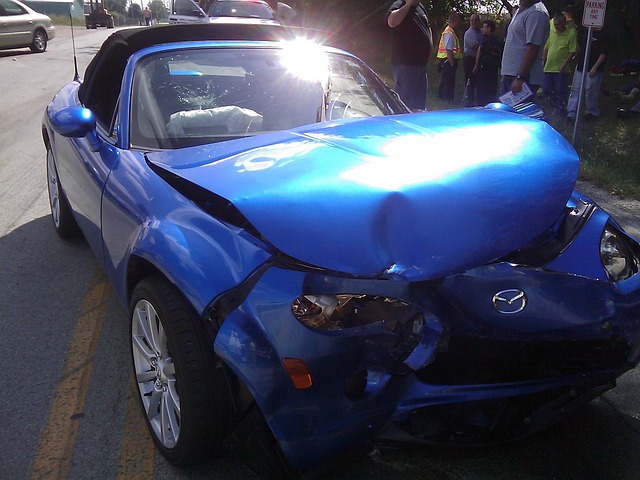Pearl finish collision repair requires specialized handling due to intricate layering and thin coatings, prone to chipping and fading. Accurate identification of mismatched panels through visual and tactile inspections is crucial for professional results. Seamless integration achieved by meticulously matching original finishes with high-quality paints and tools, preserving delicate pearl textures using paintless dent repair techniques. Choosing an equipped collision shop with experienced technicians ensures pristine appearance restoration.
In the realm of pearl finish collision repair, achieving seamless results demands meticulous attention. This article guides you through the intricacies of avoiding mismatched panels during repairs, a common yet vexing challenge. First, we explore the unique characteristics and vulnerabilities of pearl finishes. Then, we delve into identifying mismatches through visual and texture analysis. Conclude with effective strategies for seamless integration, ensuring your repairs are virtually indistinguishable from the original finish.
- Understanding Pearl Finish: Key Characteristics and Vulnerabilities
- Identifying Mismatched Panels: Visual and Texture Analysis
- Effective Strategies for Seamless Integration in Collision Repair
Understanding Pearl Finish: Key Characteristics and Vulnerabilities
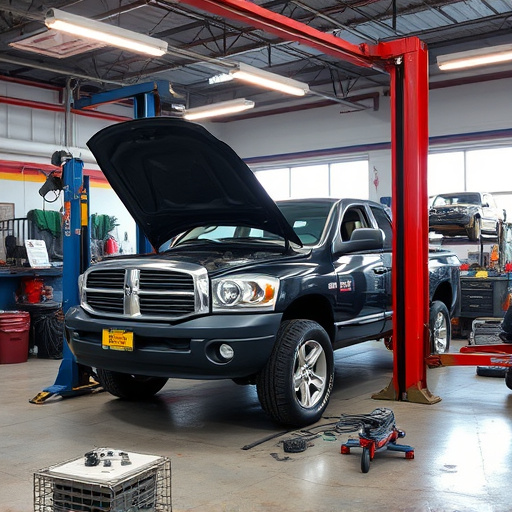
Pearl finish is a sophisticated and elegant choice for car bodywork, known for its unique iridescent appearance that shimmers with light. However, this aesthetic charm comes with certain vulnerabilities specific to automotive collision repair. Understanding these characteristics is crucial in ensuring successful repairs and maintaining the original beauty of the pearl finish.
One key vulnerability lies in the delicate balance of the finish’s layers. Unlike solid colors, pearl coatings have multiple layers, including a base coat, metallic pigments, and a clear topcoat. Any misalignment or mismatch during the repair process can result in visible gaps or uneven application, leading to a mismatched appearance. Moreover, pearl finishes are prone to chipping or fading over time due to their inherent thinness, making them more susceptible to damage during collision repairs compared to standard paints. Proper handling and specialized techniques are essential to navigate these challenges, ensuring that the repaired area seamlessly integrates with the rest of the car’s bodywork.
Identifying Mismatched Panels: Visual and Texture Analysis
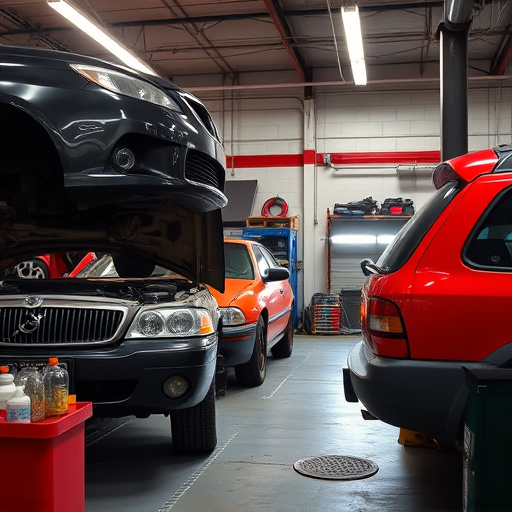
When it comes to pearl finish collision repair, identifying mismatched panels is a crucial step in achieving a seamless and professional outcome. The human eye is remarkably perceptive when it comes to visual differences, so a thorough visual inspection is the first step. Examine each panel closely under natural light; look for variations in color, sheen, and texture that might indicate a mismatch. Pearl finishes are known for their intricate, iridescent qualities, so any deviation from these consistent characteristics could be a sign of trouble.
Beyond visual analysis, the texture of the paint surface plays a significant role in matching panels. Feel for differences in the finish—whether it feels smoother or rougher than surrounding areas. This tactile assessment can reveal hidden mismatches that might not be immediately apparent. Skilled technicians often use this dual approach of visual and texture analysis to pinpoint mismatched panels, ensuring that car paint services and autobody repairs are performed with the utmost precision in a collision center setting.
Effective Strategies for Seamless Integration in Collision Repair
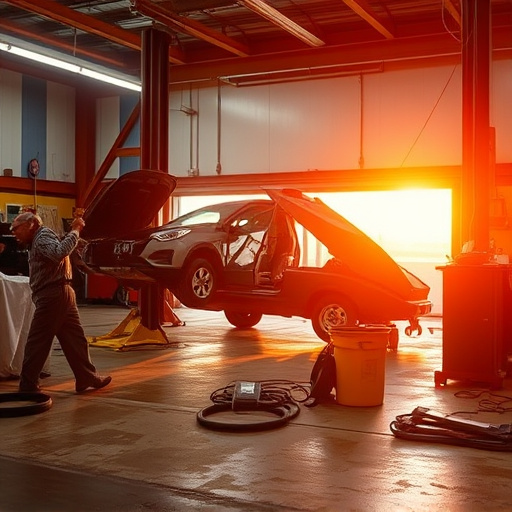
When undertaking pearl finish collision repairs, seamless integration is key to achieving a flawless result. One effective strategy is to meticulously match the original panel finish both in terms of color and texture. This involves using high-quality matching paints and specialized tools for accurate application. Skilled technicians should also carefully inspect the surrounding areas to ensure consistent aesthetics, preventing any unsightly disparities.
Additionally, considering alternative methods like paintless dent repair (PDR) can be beneficial for certain cases, especially with modern pearl finishes that are more delicate. PDR techniques, which involve dent removal without traditional painting, can preserve the original finish and provide a seamless restoration. Choosing the right collision repair shop equipped with advanced tools and experienced technicians is crucial to achieving these results, ensuring your vehicle regains its pristine pearl finish appearance.
In the realm of pearl finish collision repair, matching panels seamlessly is key to achieving a vibrant, professional result. By understanding the unique characteristics and vulnerabilities of pearl finishes, and employing effective strategies for visual and texture analysis, technicians can ensure seamless integration. These practices not only enhance the aesthetic appeal but also guarantee that the repaired vehicle retains its original beauty, making it a true testament to skilled craftsmanship.
